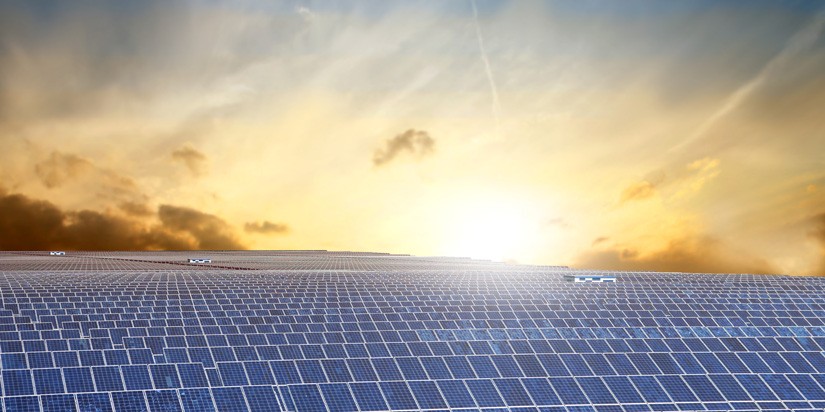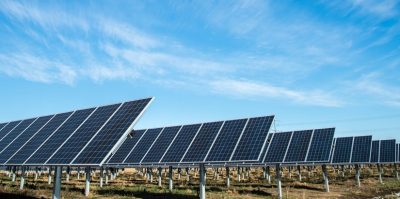With advances in technology, many things we use every day may soon switch partly or fully to solar power, including cell phones, iPods, cars, homes, and city trash cans.
Every day, the sun delivers enough energy to the Earth's surface to meet the entire human population's energy demands thousands of times over. Yet when it comes to running our homes, factories, appliances, and vehicles, solar power provides less than 1% of the world's energy today.
That's not just because we have been stuck in the old habit of using fossil fuels. It's because solar energy-collecting technologies can capture and redirect only a tiny fraction of the energy they get from the sun into a battery or power supply. But every year, those technologies improve, and recent innovations are making it possible for the sun to do a lot more work for us.
Solar's New Turf
Virtually any small appliance or battery-powered device could be run on solar energy. One strategy is to fit the device with a panel of solar cells, the most common type of solar energy collector. Solar cells convert sunlight into electricity through a process called the photovoltaic effect. In this process, the solar cell harnesses the energy from the sun by channeling it into an electric current.
To facilitate this process, the surfaces of solar cells are covered in a material called a semiconductor. Semiconductors, such as silicon, are more conductive than insulators, such as glass, but less conductive than metal. They are useful because their conductivity can be altered by heat, light, or impurities.
In the case of a typical solar cell, when sunlight hits its surface, the small particles that make up light, called photons, knock off electrons from the solar cell’s surface material. These electrons flow in a particular direction (Sidebar below). This creates an electric current, which can be used to power machines and devices.
As we all know, smartphones, iPods, and other 21st century technologies often need to be recharged. To run these devices, a solar-powered battery charger could be a better option. This type of battery charger contains solar cells that charge an internal battery, so the charger can sit idly and collect solar energy all day long. When connected via USB, the charger transfers the stored energy from its own battery into a smartphone or iPod battery—no wall socket required!
Some solar battery chargers have been adapted into other products, including a solar backpack. It's an ordinary cloth backpack fitted with thin solar cells that connect to a built-in battery, which can charge external devices, such as smartphones, MP3 players, and even computers. Solar backpacks are useful for hikers, rescue crews, and military personnel who spend long days in the sun without access to electricity.
Watches can also be powered by the sun. Some of the early solar watches were available in the 1970s. Over the years, the design of these watches has evolved to the point that some of them barely look like regular watches. For instance, a Solaris watch (shown on page 9) does not have a numbered dial or a digital display. The hours are shown as blue lights and the minutes as purple lights, with both types of light moving along a circle. But despite their esthetic differences, all solar-powered watches contain solar cells that convert sunlight into electrical energy to power the watch.
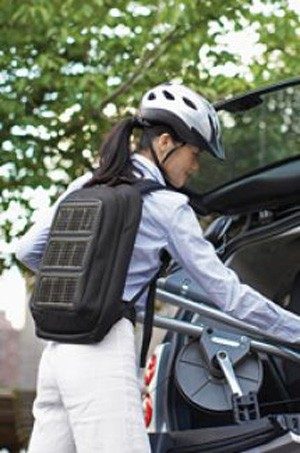
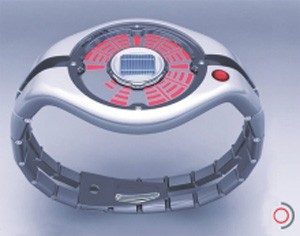
Solar-Powered Transit
Transportation is a major source of fossil-fuel emissions, including pollutants and climate-changing carbon dioxide. So, bringing solar power to vehicles, including cars and airplanes, would be a significant environmental achievement.
Solar cars, typically fitted with solar panels on flat, wing-like projections, are still mostly demonstrated in racing events. A solar car race exclusively for high school students, called the Solar Car Challenge, has been held every year since 1995.
In January 2014, the Ford Motor Company released a concept car—a car displayed to the general public but not yet commercially available—that could go as far as 620 miles after being fully charged with solar energy. Called the C-MAX Solar Energi Concept (shown above), the car has solar panels on the roof that collects sunlight. Also, the roof also contains a solar “concentrator,” which acts like a magnifying glass by increasing the amount of solar energy captured by the solar panels by a factor of eight.
A solar-powered airplane called the Solar Impulse, developed at the École Polytechnique Fédérale de Lausanne in Switzerland, has set several milestones in solar aviation, including a two-month journey across the United States, from San Francisco, Calif., to New York City. More than 12,000 solar cells, located on the plane's wings, collect energy during the day and store it for night flying
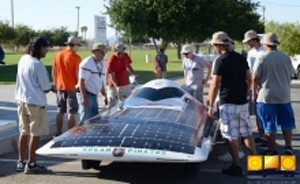

Solar-Powered Houseboat
Even houseboats may someday be powered by the sun! Houseboats are boats designed to be used as homes, either temporarily—usually for recreational purposes—or permanently. Industrial designer Orhan Cileli has created a houseboat concept in which the energy needed to move the boat and generate electricity is entirely derived from the sun and from water currents.
Called Pearl, this houseboat concept (shown on the cover of this magazine) looks like a sphere, with the upper half above water and the lower half below water. The concept was inspired by a fishing bobber, which can stay afloat despite drifting currents.
It is not yet clear whether a houseboat such as Pearl will become a reality one day, but this concept could provide other ideas that may make solar-powered houseboats part of our everyday lives in the future.
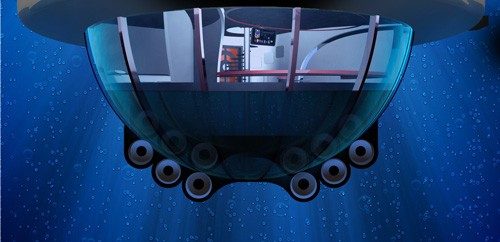
Solar Power Stations: Bigger and Better
For solar power to have an effect on how we produce energy, it will need to supply a larger proportion of electricity to the power grid, which provides electricity mostly through the burning of fossil fuels by power plants. One of the largest solar power plants in the world will supply energy to approximately 140,000 California homes in 2014.
The Ivanpah Solar Electric Generating System does not use traditional solar panels. Instead, the solar power plant uses more than 300,000 mirrors which reflect the Mojave Desert sunlight onto giant boilers that sit atop three 459-foot-tall towers. When the concentrated sunlight strikes the boilers’ pipes, it heats the water to create superheated steam. This steam is then piped from the boiler to a turbine, where electricity is generated. From there, transmission lines carry the electricity to homes and businesses.
Slowly but surely, solar technology is making its way into everyday life. After decades of refinements, we may soon be able to run much of our man-made world with direct energy from the sun, the most powerful energy generator known to humanity.
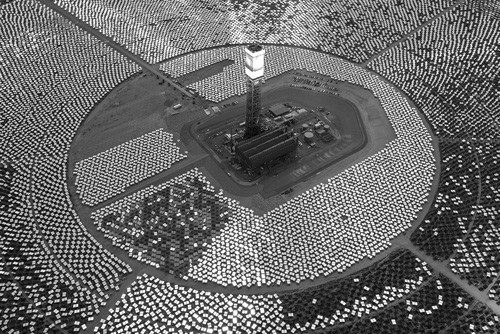
How a Solar Cell Works
A solar cell is made of two types of semiconductors, called p-type and n-type silicon. Learn how these work together to create a flow of electricity.
REFERENCES
Knier, G. How Do Photovoltaics Work? Science News, National Aeronautics and Space Administration: http://science.nasa.gov/science-news/science-at-nasa/2002/solarcells/ [accessed Feb 2014].
Biello, D. On a Wing and a Sunbeam: Solar Plane Pilots Look to Circle the Globe. Scientific American, July 16, 2013: http://www.scientificamerican.com/article.cfm?id=flying-solar-airplane-around-the-world [accessed Feb 2014].

